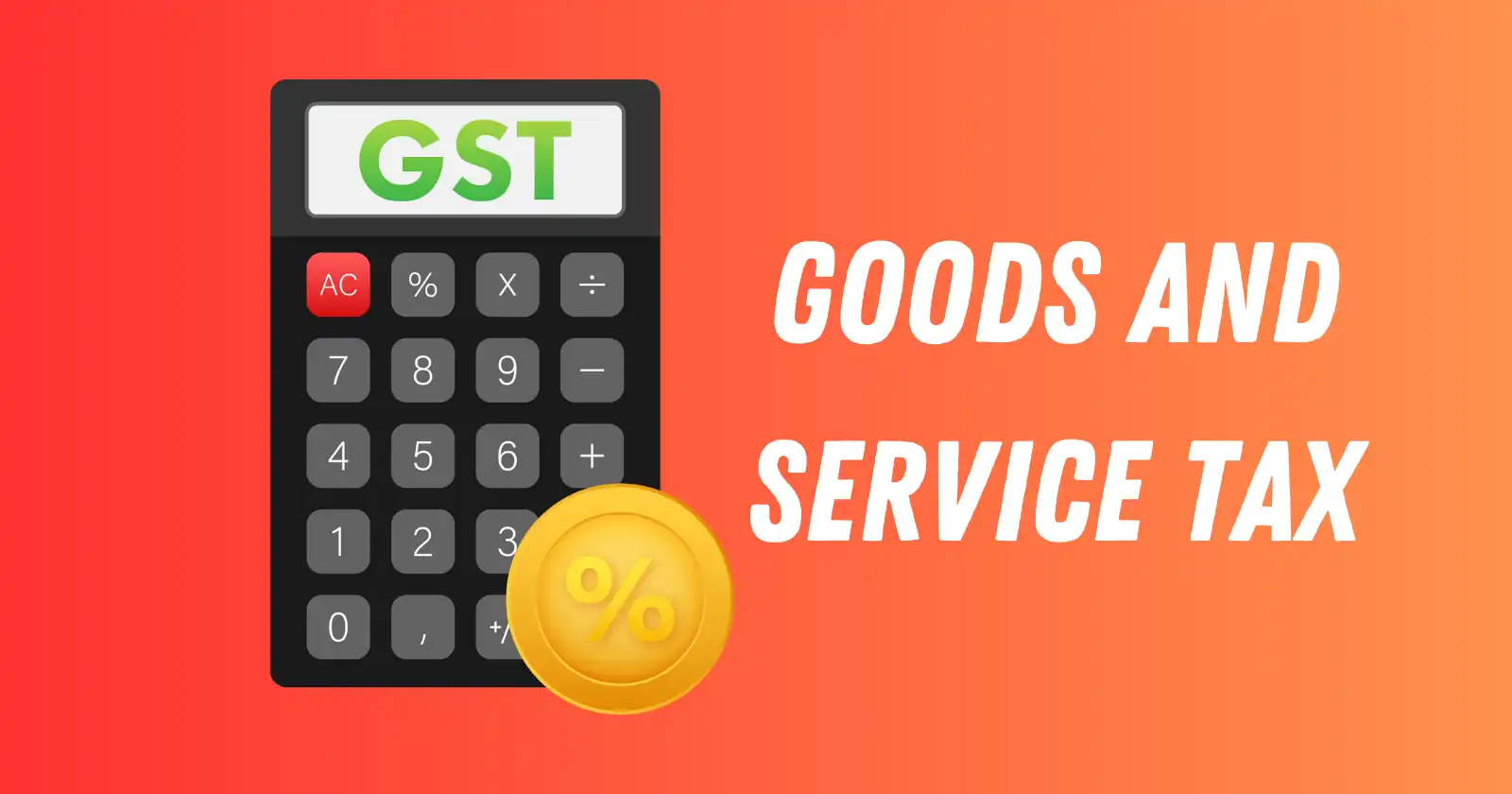Goods and Services Tax (GST) is a comprehensive, multi-stage tax on the supply of goods and services in India. This guide explains GST’s definition, types, rates, registration process, and calculation method, providing all the essential information you need to understand this crucial tax system.
What is GST?

The Goods and Services Tax (GST), India’s largest tax reform, was implemented on July 1, 2017. Goods and Services Tax (GST) is a comprehensive indirect tax provision on the supply of goods and services across India. GST is a destination-based tax, collected at the point of consumption instead of the point of origin. This new tax system with a single tax will transform the current indirect tax regime and is expected to affect the country’s entire economy, companies and society. GST replaced the multiple indirect taxes such as central excise duty, service tax, VAT, and others, streamlining the taxation system and promoting ease of doing business. GST is something that definitely affects us not only when we do business in India, but also when we live in India. It is designed to bring a comprehensive and transparent tax system between individuals or businesses to the government.
Types of GST in India
Additionally, GST is divided into four types as follows:
- Central GST (CGST): Taxation by the central government on intra-state supplies of goods and services.
- State GST(SGST): Taxation by the state government on intra-state supplies of goods and services.
- Integrated GST (IGST): Tax applicable to interstate transactions (including stock movements) and import transactions. IGST replaces the earlier Central Sales Tax (CST) on inter-state transactions.
- Union Territory GST (UTGST): Tax on the supply of goods and services within a union territory without a parliament.
This has made it clearer how tax income is distributed between the federal government and state governments following the implementation of the Goods and Services Tax (GST).
Indian corporations are required to pay GST under different regulations at the time of purchase and sale.
When purchasing
- When purchasing from an overseas company or a company outside the state = IGST
- When purchasing from a company within the same state = SGST + CGST
At the time of the sale
- Sales of products and services to companies overseas = 0% tax (*)
- Sales of products and services to companies outside the state = IGST
- Sales of products and services to companies within the same state = SGST + CGST
GST Tax Rate
The GST tax rate is divided into five levels depending on the type of goods and services: 0%, 5%, 12%, 18%, and 28%. Certain goods and services are taxed at 0% (exempted), while others may attract a GST rate higher than 28%. Let’s check which goods and services are divided in which percentage-
- 0%: essential items such as fresh fruits and vegetables, milk, grains, healthcare services, education, and public transportation.
- 5%: Goods and services like essential commodities, processed food items, hotel accommodation and transportation services, etc.
- 12%: Goods and services like certain processed foods, construction services, apparel above a specified value, and certain categories of footwear.
- 18%: Goods and services like electronics, restaurant services, financial services, and telecommunications services
- 28%: Goods and services like Luxury items, automobiles, high-end consumer durables, etc
GST Registration Process
If you are running a business, then Goods and Services Tax (GST) registration is mandatory for you. Here is a step-by-step guide to begin your GST Registration process.
Check Eligibility: First, check your business meets the eligibility criteria for GST registration based on turnover thresholds and types of supply.
Required Document: Collect the required documents for the GST Registration Process like the PAN (Permanent Account Number) of the business, proof of business constitution, address proof, bank account details, and authorised signatory details. However, the document requirements change according to the section like Sole Proprietors, LLP or Partnerships, Companies, etc.
Begin Registration
Visit the official website of the GST portal (www.gst.gov.in) and navigate to the GST registration section.
- Click on the “New Registration” option and select your business type.
- Now, fill out the GST registration application form (GST REG-01) with accurate information like business details, place of business, goods and services supplied, and authorised signatory details.
- Now, upload the scanned copy of required documents like proof of identity, address proof, business registration documents, and bank account details, etc.
- Review your filled application carefully. Once verified, digitally sign the application using a valid Digital Signature Certificate (DSC) or Aadhaar-based Electronic Verification Code (EVC).
- At last, submit the application form.
- Upon successful submission, an acknowledgement will appear in the form of an Application Reference Number (ARN). Use this Application Reference Number (ARN). Although it will be sent to the registered mobile number and email address.
- Later GST authorities will process and verify the document and approve the request.
- Once an application is approved, a GST registration certificate (Form GST REG-06) will be issued electronically, containing the GSTIN (Goods and Services Tax Identification Number), which you can use in your business.
- After receiving the GST Certificate, now you have to follow all the GST laws, including filing GST returns, collecting and remitting GST on taxable supplies, and maintaining proper records.
How is the GST Calculated?
If you have a registered GST Number, then you should follow GST Laws. The calculation of GST involves determining the tax liability on the supply of goods and services based on applicable tax rates and the value of the supply. Let’s calculate GST-
Determine Taxable Value: First fund the taxable value of the supply, which is generally the transaction value.
Applicable GST Rate: Identify the applicable GST Rate from 5%, 12%, 18%, or 28%. Every type of business has a different GST Tax rate.
- Calculate GST Amount = Taxable Value * GST Rate
For eg- If you have a taxable value of a supply is ₹10,000 and the applicable GST rate is 18%, then
Payable GST amount is: 10000 * 18% = 1800/-
- Total Invoice Value = Taxable Value + GST Amount
For eg- As your taxable value is 10000, the calculated GST amount is 1800, and then
Total Invoice Value = 10000 + 1800 = 11800/-





